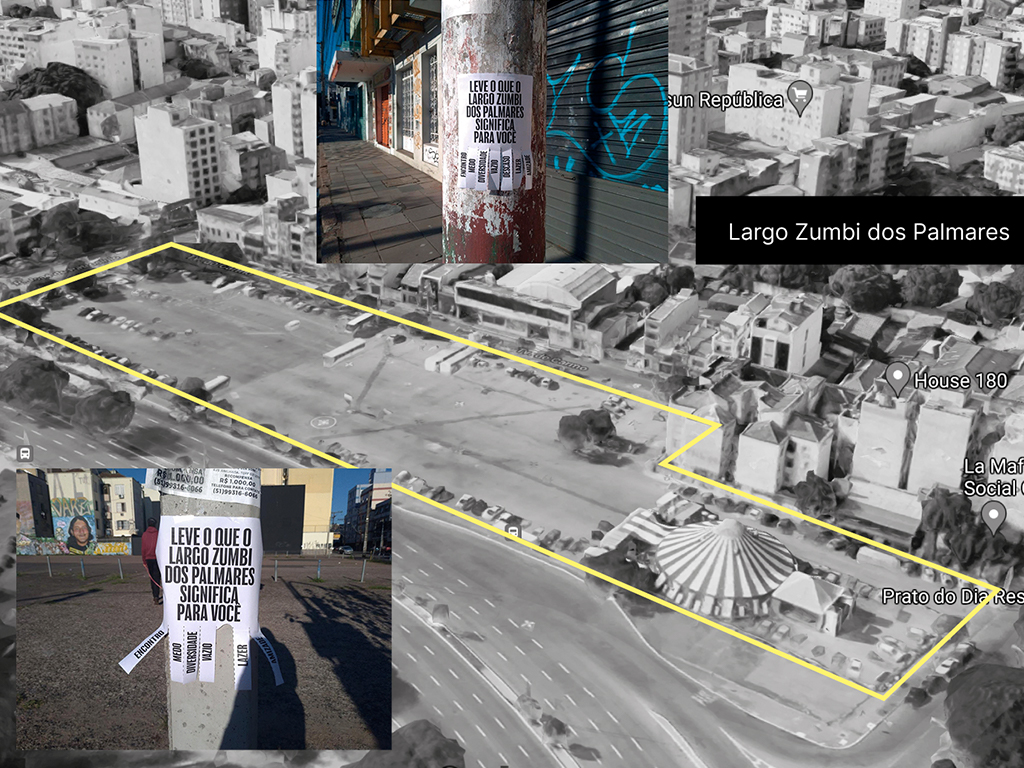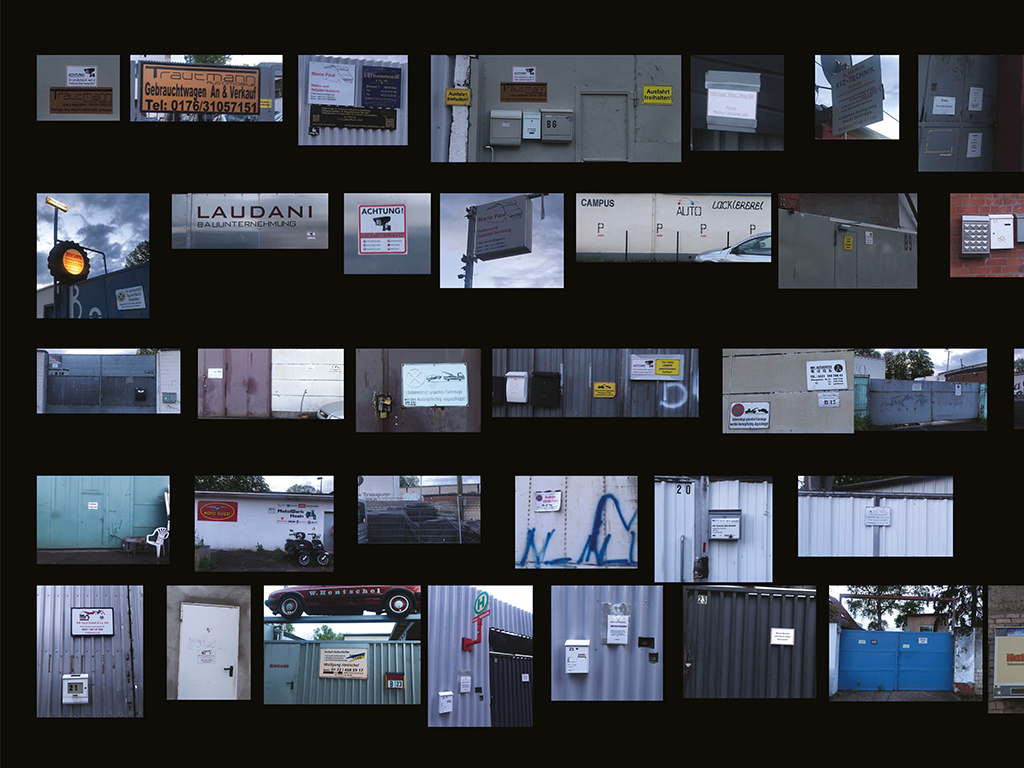In the course »Design as a Practice of Correspondence« supervised by Simon Meienberg, master students investigate urban environments beyond anthropocentric determinations. What does it mean to inhabit the city when »animals, materials, devices, atmospheres, and other things« are perceived as equal actors that »affect us in what we do as much as we affect their existence in the world« (García Molina / Weidle 2019)?
The starting point for the creative examination was the concept of correspondence, as recently explained by the British anthropologist Tim Ingold. »To correspond with the world, in short, is not to describe it, or to represent it, but to answer to it« (Gunn / Donovan 2016). Ingold’s approach engages in fashioning ongoing-processual, open-ended, conversational, inclusive, and future-oriented worlds (Ingold 2019). His ecological anthropology investigates the relations of human and non-human species, as well as organic and inorganic materials, how they affect each other and thus achieve agency (Ingold 2016).
With Ingold’s reflections in mind, the participants went into search for forms of correspondence in urban environments. They explored relational structures and interactions between urban actors of all kinds in order to develop new approaches for design practice and production of space. In doing so, they took the approach of producing knowledge through design, using imagination, speculation, and improvisation as methods for creating hybrid mappings.
The course »Design as a Practice of Correspondence« was part of the Methods Lab 2021 of the Master’s program »Integrated Design«, organized by the teaching and research area »Design Theory and Research« (Prof. Dr. Carolin Höfler). The guest lecturer Simon Meienberg was invited by the »Integrated Interactions Lab«, a project of the Digital Learning Transfer Fellowship program funded by the Stifterverband and the Reinhardt-Frank Foundation.
Literature:
- García Molina, A., and Weidle, F. (2019, January 21). Correspondence. Society for Cultural Anthropology, https://culanth.org/fieldsights/series/correspondence (accessed July 7, 2021).
- Gunn, W., and Donovan, J., eds. (2016). Design and anthropology. London: Routledge, https://www.taylorfrancis.com/books/e/9781315576572.
- Ingold, T. (2019). Art and Anthropology For a Sustainable World. Journal of the Royal Anthropological Institute 25 (4), 659–675, https://doi.org/10.1111/1467-9655.13125.
- Ingold, T. (2016). An Ecology of Materials. An Interview by Petra Löffler and Florian Sprenger. Zeitschrift für Medienwissenschaft 14, https://zfmedienwissenschaft.de/online/ecology-materials (accessed July 7, 2021).
Images:
Jiye Kim, Meet Us Along the Rhine River; Tomás Ignacio Corvalan Azocar, Hidden Communities: Places of Gathering in the Digital-Analogue; Jihee Hwang, Achtung Freihalten; Marina Helena Müller, Largo Zumbi dos Palmares: Space as a White Board; Sally Loutfy, Designing for Circumstance.






